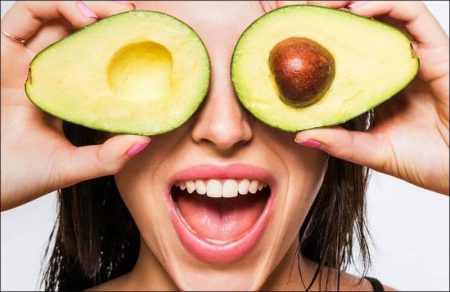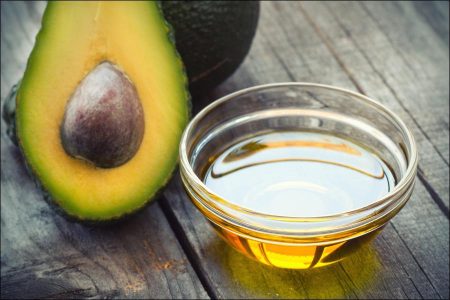Some foods get more buzz than others, bringing in billions of dollars and shaping our daily diets. But why chia seeds and quinoa and not apples and oranges?
Avocado toast. Kale shakes. Goji berry smoothies. Quinoa bowls. If foods were celebrities, these would be just a handful of the treats that have received the red-carpet treatment in the last few years.
But why do some fruits and vegetables become the A-listers of the food industry – highly desired produce with the ability to jump-start profits and shape the daily eating habits of billions?
Why is that kale and avocado have seen such a meteoric rise in popularity and sit centre stage basking happily in the spotlight while the humble carrot or poor old turnip remain firmly on the Z-list?
The answer is complicated and complex. How avocados conquered the world Let’s start with the avocado – a millennial darling that’s often found these days spread on toast at bistros for a bloated price. So famous is the avocado and so strong is its pull on hungry millennials, it’s hard to find a company that isn’t trying to cash in on the soft green fruit’s star power.
Take UK company Virgin Trains, which started a marketing campaign last year it dubbed “#Avocard”. After the company sold out of new railcards, it decided to give customers aged between 26 and 30 who showed up at a station holding an avocado a discount on train tickets. (Millennial response was mixed, with some finding the promotion patronising.)
There’s no denying that millennials do eat lots of avocados, though. Humans have been eating them for thousands of years, but young people in their 20s and 30s have recently sent demand skyrocketing. According to the International Trade Centre, global avocado imports hit $4.82 billion in 2016, with imports growing by 21% between 2012 and 2016. One London plastic surgeon said in 2017 that he’d treated so many patients who’d cut themselves slicing the fruit, his staff started calling the injury “avocado hand”. Pricy avocado toast has even been called a cash-sucking frivolity and the reason why so many millennials can’t afford homes.
There are lots of factors that fuel a food’s favourability among consumers: preened and pretty Instagram pictures of the dish, for example, or adverts funded by organisations that back certain food economies. Long, exotic histories also generate an allure around certain foods, especially in regions far from the food’s origin. Jessica Loyer, a researcher in food values at the University of Adelaide in South Australia, points to examples like “superfoods” acai berries and chia seeds.
“A lot of these foods may have a history of being eaten in [the developing world],” she says. “Overall, the people I have met – the experience has been positive: they are quite happy to be taking the money.”
She says one example is Peru’s maca root, which is ground into a powdered supplement and is known for high quantities of vitamins, minerals, and fertility- and energy-boosting properties. A community in the central Andes adores the gnarled, spindly root so much it has a 5-metre-tall statue of it in the town square, Loyer says.
But she also flags some problems that can arise when a food hits the big time, especially if it is from a developing nation and the trend is taking off in developed ones.
“It has good and bad points,” she says. “Of course, the benefits are not evenly distributed, but it will create jobs. Of course, that means there are opportunities for exploitation in those regions, as well, and exploitation of land rights of marginalised people… [and] it certainly has consequences for biodiversity.”
Xavier Equihua is CEO of the World Avocado Organization based in Washington, DC. Its goal is to drive consumption of avocados in Europe. He says that a food like avocado is an easy sell: it’s delicious and nutritious, after all, and a rather meaty substitute for vegetarians and vegans. But celebrities blasting photos on social media helps, too.
People in China, where avocados are also taking off in popularity, see “Kim Kardashian and her Instagram, that she put an avocado mask on her hair. They see Miley Cyrus tattooed an avocado on her arm.”
Visits: 156





